How to Stop a Copycat in 3 Simple Steps
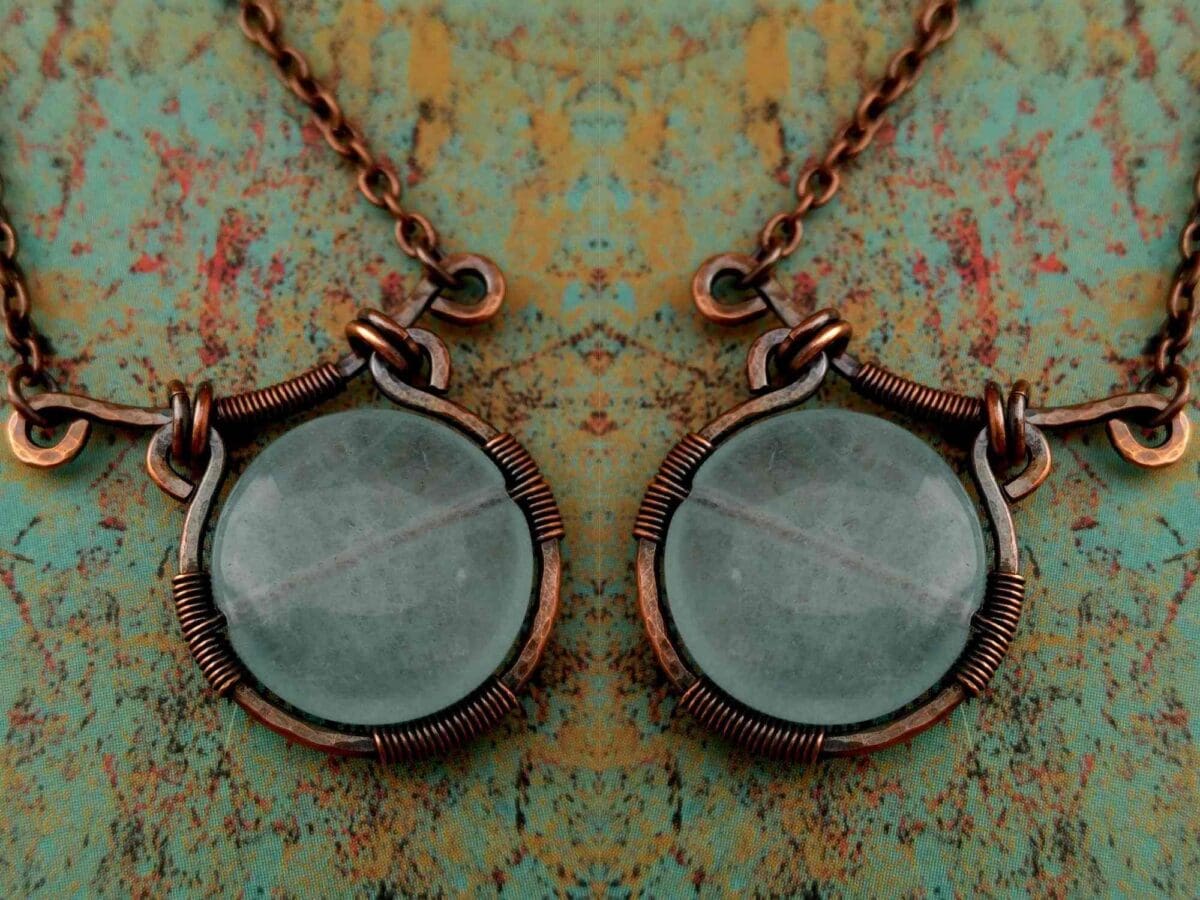
Do you know how to stop a copycat who steals your designs?
It happens to the best of us. You’re mindlessly scrolling through your social media feed one day, and you feel your heart stop
This actually happened to me a few months ago, and what follows are the three steps I took to stop that copycat in her tracks. But first, an important message.
Disclosure
I am not an attorney and this post does not contain professional legal advice. If you believe your original design has been stolen, I recommend consulting an attorney who specializes in intellectual property law before doing anything else.
This post may contain affiliate links. If you click on a link and then make a purchase, I may earn a small commission (at no cost to you). As an Amazon Associate I earn from qualifying purchases. To learn more, please see my full disclaimer.
Step 1: Get in the right mindset to stop that copycat in her tracks
As Taylor Swift says (over and over again), you need to calm down. When I first discovered that someone had stolen one of my most cherished designs, I went through the whole gamut of emotions. The first wave was disbelief. I thought maybe I was imagining similarities that really weren’t there. So I studied the images carefully, and sure enough, my copycat stole every detail of my design.
This wasn’t “inspired by” or “in the style of” Door 44. It was a poorly-executed replica of one of my best-selling designs. The only difference was that the copycat misjudged the wire gauge that I used, so her frames looked flimsy and weren’t properly balanced with the size and weight of her focal beads.
Wire gauge can be a difficult thing to determine from a photo, but she’d copied every other detail, right up to and including the dual jump rings that I used to suspend the bead frame from the simple wire bar that was the predecessor to my Delicate Bar Pendant.
From Disbelief to Confusion
The next wave of emotion to hit me was confusion and self-doubt. I combed through my copycat’s Etsy shop and her social media channels. And it turned out that she had a much bigger following than me. Online, anyway. And that made me question myself and my design. Was it really mine? Maybe she came up with it first! Who am I to question her when she’s obviously more successful than me?
But then I remembered something that happened while I was on my jewelry business sabbatical. Someone tagged a friend on one of my social media photos of the copied design out of the blue and asked the question, “Hey! Can you make this?”
I’d already closed down my Etsy shop after deciding that I really didn’t want to focus on selling finished jewelry anymore. The exchange got
And Here Comes the Wrath!
I remember thinking, how dare they talk about my design as if it’s something there for the taking? And right in front of me, for Pete’s sake. How rude!
At the moment I considered responding with a snarky remark along the lines of, “Maybe she can, but if you want to buy it you must be directing that question at me.” But then life got in the way. I forgot about the whole incident until I ran across multiple copies of my design on Instagram a few months ago while doing keyword research for my social media posts.
When the memory of that annoying social media exchange came rushing back to me, the next wave of emotion to hit was anger. Rage might be a more accurate description, to be honest. It’s a perfectly natural reaction to something like this, so I don’t mind admitting that I cursed so loudly and emphatically that I startled my poor cat, Rose, right out of her morning sunbath. And this is where things can really go off the rails for you, my friend, so do as Taylor suggests and… Calm. Down.
Breathe Deeply and Act Decisively
Seriously. You need to calm down before you do anything else. Because anything that you do while angry is likely to cause long-term damage, not just to your copycat’s reputation, but to your own reputation as well. This is not the time to publicly call your copycat out on social media. It’s not the time to take passive-aggressive shots at her online. As satisfying as these reactions may seem while you’re seething with anger, they’re totally inappropriate and unprofessional. They’re also unproductive and ineffective responses to a very real problem that must be addressed carefully, tactfully, thoughtfully and through the proper channels.
When you discover that someone is stealing your designs, it’s important to address the situation promptly. But you absolutely MUST be in the right mindset before you do anything at all. The worst thing you can do at this point is to act on impulse. So, go for a walk, go to the gym, or furiously clean your house. Channel that dark energy into some sort of physical activity that will help you work through the anger until you can look at the situation objectively.
Once you’ve calmed down and you’re able to think rationally, it’s time to move onto the next step to stop that copycat.
Step 2: Get your documentation in order
Elizabeth Gilbert has a wonderful theory about ideas that she discusses at length in her book, Big Magic: Creative living beyond fear. And I suspect she’s right (I highly recommend this book, by the way). Gilbert suggests that ideas sort of float around in the collective consciousness, looking for someone who can make the idea manifest. Once an idea finds a host, it waits (impatiently) for action. And if the host does nothing to bring that idea to fruition, the idea will go off to find a more proactive host.
This is why scientific discoveries are frequently made by different people in different places on the planet at essentially the same time. It’s why inventors race to get patents before a competitor beats them to it. And it’s why keeping accurate records of your jewelry designs is super important if you intend to make your living as a jewelry designer.
Use Social Media to Proactively Document Your Work
I’m not a fan of social media, to be perfectly honest. It’s a huge time suck, and, on a personal level, I find it to be mentally and emotionally draining. From a business perspective, however, social media is a powerful tool. Your Mom may be annoyed that you post more photos of your latest jewelry creations than you post of her grandkids. That’s okay because those dated and timestamped images of your designs are pure gold when you need to gear up for a copyright defense. So, post away, my friend! Don’t be shy about sharing photos of your original designs online.
Does that make your designs more accessible to copycats? Well, yes. Haters are going to hate, and copycats are going to copy. These are hard truths that we all have to learn to accept in this adolescent stage of the Internet. But posting photos of your original designs online also creates a timeline which is central to your defense if or when you need to defend your copyright. If you don’t have a dated and timestamped record of your design that proves you came up with it first, you’re out of luck, my friend. Your copyright is basically indefensible, and you may have to cede your design to the copycat.
Stay Focused on What Matters Most
Maybe she stumbled across your design at a local craft fair. Or maybe she thought you’d gone out of business and there was virtually no chance that she’d ever get caught violating your copyright. Like my copycat, she might have a much larger following than you, and maybe she thinks she can steal your intellectual property and count on her followers to jump to her defense if you ever confront her about it.
There are too many scenarios to consider when it comes to how or why someone stole your work, and it’s a pointless exercise anyway. It doesn’t really matter how or even why she did it. All that matters at this point is that you can prove that you created the design first so you can stop that copycat quickly.
Document Your Work Strategically
I can’t stress this enough. When you submit a formal complaint of a copyright violation to Etsy or Facebook or Instagram or Pinterest or any other online platform, the burden of proof is on you. You need to make the case that you came up with the design first. You’ll also need photographic evidence in order to effectively stop a copycat.
If you take nothing else from this article, please pay attention to this one crucial point: The easiest way to combat a copyright violation on any online platform is to provide evidence from that same platform that shows you created (and published) the design first. The best way to do that is to post photos of your designs early and often on every platform that makes sense for your business.
Choose (and Use) Your Resources Wisely
Personally, I don’t like Twitter and I refuse to use it. It doesn’t make sense for my business, and I already have my hands full with managing this blog, my Etsy shop, and my Facebook, Instagram, and Pinterest accounts. Single-handedly running a jewelry business is hard work, and you have to pick your battles carefully.
Twitter is one battle that I chose not to fight. That said, I strive to keep a very active presence on all of the other platforms where I sell or market my work. It’s not always an easy thing for me to do. There are days when I’d rather chew off my own arm than sit down and schedule social media posts. But those posts aren’t important just for marketing. They’re also important for establishing a timeline for my designs.
Gather Evidence of the Copies
This is where things get unpleasant. You’re going to have to stalk your copycat. I know that sounds awful, and it is to be perfectly frank. But you absolutely must gather all the evidence of unauthorized copies of your work that you can find in order to stop that copycat in her tracks.
Comb through her shop and social media accounts to find all the copies of your design. Take screenshots, copy links to Etsy listings (including sold items), and put them all in a spreadsheet organized by platform. You’ll have to file copyright complaints with each individual platform in order to stop your copycat everywhere that she sells or markets copies of your work, and this documentation makes that process faster and easier.
I get it. It’s a deeply unpleasant thing to have to stalk your copycat to gather evidence of copies of your work. I hated having to do that when my design was copied, and it was all the more frustrating to discover that my copycat is a really good artist. She has loads of original designs that are beautiful and uniquely her own style. My design looked completely out of place amongst her original artwork because it was such a stark contrast to her style.
So why did she steal my design in the first place? Because someone asked her to.
Is it Ever Okay to Copy Someone Else’s Designs?
This brings me to another point that will keep you out of the copyright violation doghouse. If a customer ever comes to you and asks you to copy another artist’s design, the right thing to do always is to politely refer them to the original artist. Unless, of course, that artist has given you permission make and sell copies of her design.
If, for example, someone comes to you with a picture of my Chalice Necklace from my blog or social media platforms and asks if you’ll make it for them. You can say, sure! And you’re welcome to charge them whatever you see fit for your time and materials. You can do this because you have my permission to sell the items that you’ve made from my tutorials.
Now, when you post pictures of that necklace online, you can’t claim that it’s your own design. You have to credit me for the design, but you can proudly take credit for the fabrication and choice of materials.
One More Thing to Consider
Here’s an important detail about me and the way that I operate. I made a conscious decision years ago when I first started selling my work to avoid following most wire jewelry artists online. I do follow a handful of exceptions, but they’re artists that I consider wirework masters and they’re people whom I find truly inspiring. More importantly, they’re artists whose individual styles are distinctly different than my own style.
Can you guess why I made that decision? It’s because I don’t want my work to be influenced by what I see online. Also, I don’t want to inadvertently copy someone else’s work. That’s surprisingly easy to do if you immerse yourself in wire jewelry groups on Facebook and jewelry boards on Pinterest day after day. So, just a little insider tip. The best way to keep your jewelry fresh and original is to steer clear of the whole wire jewelry mob mentality.
Besides, you’re not going to find your true tribe among other wire jewelry makers. Your tribe — the people who adore your work and who want to buy every new design that you release? You need to create your own space where those people are drawn organically. Whether that’s a blog or a private Facebook Group or your email list, it’s a place where you call the shots. Not some cranky moderator on a public wire jewelry forum.
Gather Evidence to Support Your Copyright Claim to Qu ickly Stop a Copycat
Now that you’ve gone through the unpleasant process of documenting the copies of your work, it’s time to gather the proof that you originated the design. This is super simple if you’ve proactively documented your work on social media all along. My copycat first posted copies of my work in 2017 while I was on sabbatical. But I made the original piece in 2012, and (luckily) I had a Facebook post on my private page to prove it.
The original necklace was made for my best friend’s mom who was one of my biggest champions. She’s the one who really encouraged me to start a jewelry business, and I made that piece exclusively for her in thanks for her support. When she passed away a few years later, my bestie inherited the necklace, and I decided to name the piece after her mom, Jeanne. I also decided to donate 25% of the proceeds from sales of that design along with all of my OOAK pieces to Jeanne’s favorite charity.
Sadly, that charity didn’t survive the small business-crushing policies of its state and local governments during the pandemic. The St. Vincent de Paul Thrift Store in downtown Ann Arbor, Michigan was a cornerstone of that community for more than fifty years. And now it’s gone. But let’s get back to the main point here.
In addition to the original photo of the Jeanne Pendant that dated way back to 2012, I had loads of sales history on Etsy, and social media posts that dated back to 2016. As a result of my documentation, my case was open and shut almost immediately. It was astonishing how quickly Etsy and Instagram removed the copies of my design from their platforms. These businesses take copyright infringement very seriously. Trust me!
Luckily, my copycat voluntarily removed all copies of my work from the rest of her social media before I was able to file complaints with Facebook and Pinterest, so she spared us both some trouble there.
Step 3: Submit a copyright infringement claim on every platform where copies are (or have been) sold or marketed
Here’s where things get real, my friend. When you submit a copyright infringement claim, your contact information will be forwarded to the person you’ve accused. So, be prepared to be contacted by an angry copycat. Also, if your claim is determined to be false, that platform can and will take punitive action against you. That action can be as extreme as banning you from the platform.
These measures obviously exist to minimize false claims, and I don’t blame these business partners for putting such measures in place. Still, it was unnerving to hit send on the first claim that I filed, which was with Etsy. I knew I had a solid case and that I proved definitively that I originated that design. And I desperately wanted to stop my copycat. Still, I understood that I was trusting a complete stranger — a nameless, faceless corporate attorney — to validate my claim. Hitting that “send” button almost made me lose my lunch, even though I was certain of my claim.
Define “Copy”
So, let’s talk about that certainty. There’s a well-known wire worker on YouTube (who shall remain nameless). She’s widely regarded among the wire jewelry community as a copycat. What I’d call her is a master of reverse engineering. She’s even “copied” one of my most popular designs, my Twig Pendant.
I can’t help but admire her ingenuity, even while being annoyed that she “copied” my design. Because here’s the thing: she actually didn’t copy my design. She made something that looks nearly identical to my design. However,
It’s so different, in fact, that I can’t legitimately claim that she stole my design. Instead, she took my idea and reverse engineered it in such a way that the end result is strikingly similar to my design. That end result isn’t a particularly original design, granted, but it’s still her design. Not mine. Unfortunately, there’s not much I can do to stop that clever copycat.
Be Clear
Before you submit a copyright infringement claim, you need to be very clear about what you’re doing. Is the person you’re about to accuse of theft actually stealing your original design? Or is she merely mimicking certain elements of your design
You need to be crystal clear on this because that nameless, faceless corporate attorney who’s going to investigate your claim? She’ll be ruthless when it comes to comparing and contrasting your work with that of the accused. If she finds substantial differences between your design and your competitor’s design, it could end badly. You could easily be the one who gets in trouble when all is said and done.
Be Objective
My last bit of advice before I wrap this article up with the technical information and resources is this. Look at your design and your copycat’s design, side-by-side, as objectively as you can. Note any differences. Ask yourself if those differences are substantial enough to provide reasonable doubt that your design was copied. And be honest with yourself! Maybe get a second opinion from an impartial third party. If there is reasonable doubt that it’s a copy, stop. Seriously. DO. NOT. PROCEED.
Take some deep cleansing breaths and let it go. You have to. Your professional integrity depends on it. Yes, the gal on YouTube is making money off my idea. But there’s nothing I can do about it because she took my idea and made it her own.
The copycat was a different story. She really was stealing my design, right down to every minor detail. The only appropriate response to a real copycat is to aggressively defend your work.
Prioritize and File Your Claims to Stop Your Copycat
Once you’re clear on whether or not you have a defensible claim, it’s time to start doing the formal paperwork. But where should you begin? That’s easy. Just follow the money.
Focus on sales platforms first. Does your copycat sell on Etsy? Shopify? Amazon Handmade? Maybe all three? If you can figure out which one is her main sales channel, file there first. If you can’t figure that out easily, go for the biggest name first.
My copycat sells mainly on Etsy and in local boutiques. There wasn’t anything practical I could do about the boutiques since we live in different states. However, I also sell on Etsy. That platform has a pretty straight-forward process for submitting copyright infringement claims. You just have to follow the breadcrumbs in order to stop your copycat.
Stop a Copycat on Etsy by Filing a Notice of Intellectual Property Infringement
Etsy suggests contacting the individual member directly via Etsy Conversations in this brief overview of How to File a Notice of Intellectual Property Infringement. I opted not to do that, and this is why. As I mentioned earlier, my copycat has a bigger online presence than me, presently. She’s sold more jewelry online. She also has a substantially larger social media following than me at the time of this writing.
Should You Confront Your Copycat Directly?
I’d never knowingly encountered this person online before, and I wasn’t familiar with her work. But it takes a pretty bold individual to blatantly knock off someone else’s design. I would have approached her from an inferior position of authority (at least in terms of vanity metrics). Because of that, I opted to skip a direct confrontation and go straight to filing a formal notice.
That was the rationale behind my decision. You need to decide for yourself if you want to confront your copycat directly. If you do, just remember to be tactful and professional. And be prepared to stand your ground. You have a right to defend your work, and no one has the right to steal your designs.
Decide If and When to Escalate
If the copycat refuses to acknowledge that she copied your design, you must decide how to proceed. Do you want to escalate the matter to Etsy’s Legal Response and Enforcement team?
If so, read Etsy’s Intellectual Property Policy carefully before filling out an Intellectual Property Infringement Report. They’re very clear about what will happen once they receive a claim. And there are two important things you need to be aware of. First, the accused will be given an opportunity to file a counter-notice, so be prepared for that. This can easily backfire on you if don’t provide adequate documentation to support your claim. Secondly, the accused will also receive a copy of your notice, which includes your name and email address.
My copycat did not counter my notice, but she did email me. We had a tense but civil exchange. She apologized, which I appreciated. She also tried to make me feel bad about submitting my notice in the first place. The thing is, I’m not the one who did something wrong. I have both the right and the responsibility to stop any copycat who blatantly steals my designs. We all do.
Stop a Copycat on Instagram with a Copyright Infringement Report
Instagram’s policy regarding copyright infringement is very similar to Etsy’s policy. In fact, most major social media and online sales platforms use essentially the same language in their copyright policies. The advantage of this is, once you’ve filed that first report, it’s easy to follow through on other platforms. That said, take the time to read through each platform’s copyright infringement policies carefully before submitting a claim. Any errors or omissions on your part can lead to an undesirable outcome.
Instagram has a comprehensive FAQ page that should answer all your questions about what a copyright is, what constitutes a copyright violation, and how to file a copyright infringement report. Read through that FAQ page carefully before you complete and submit the Copyright Report Form.
Stop a Copycat on Facebook by Reporting Copyright Violations
Historically, Facebook hasn’t done a great job of protecting copyrights and trademarks. However, they do appear to be working to rectify that situation. You’ll find an informative video here, which covers what Facebook is doing to help users protect their intellectual property. For more information, see Facebook’s Copyright FAQ page, which (not surprisingly) is very similar to Instagram’s FAQs.
Stop a Copycat on Pinterest by Submiting a Copyright Complaint
Pinterest has a very big job on its hands when it comes to combatting copyright violations. This platform is basically a visual search engine, so it’s a natural breeding ground for copycats. Surprisingly, Pinterest’s Copyright policy is, well, lacking is the only word I can come up with at the moment. This is an area where they clearly need to do some work, but here’s where they’re at today. They have a very basic Copyright Policy. There’s not a lot to it. So, there’s no excuse for not taking the time to read every word of it.
Once you’ve done that, you can submit a Copyright Infringement Notification, if you wish to do so. Pinterest was the next platform on my target list when I confronted my copycat. But she’d already taken down all copies of my work and emailed me directly. So, luckily, I didn’t need to submit that notification.
US Copyright Law: Title 17
If you run a jewelry business, you should become familiar with US Copyright Law, which falls under Title 17 of the United States Code. Especially if you sell your work online or if you frequently share images (of your own work or otherwise),
Read it. Know your rights and understand the limits of those rights. This is important so you can confidently defend your own designs. It’ll also help you avoid getting on the wrong end of a copyright violation.
The link above is to the full text of Title 17, which is pretty heavy reading. You may also refer to the Copyright FAQ page for more direct answers to all your copyright questions.
Discover More Behind Door 44
Thanks so much for joining me today. I hope you found this article useful. Copyright law is heavy stuff, and dealing with a copyright violation isn’t much fun. But I successfully confronted and stopped a copycat, and so can you. I said it before, but it bears repeating. You have both the right and the responsibility to defend your work. Because if you don’t, who will?
Finally, I’d love to hear your ideas and suggestions for new jewelry business blog posts. So, be sure to connect with me @door44studios on Instagram, and Facebook.
Until next time, go make something beautiful. And don’t forget to publish images online to establish that all-important timeline!

Pin this Post for Later
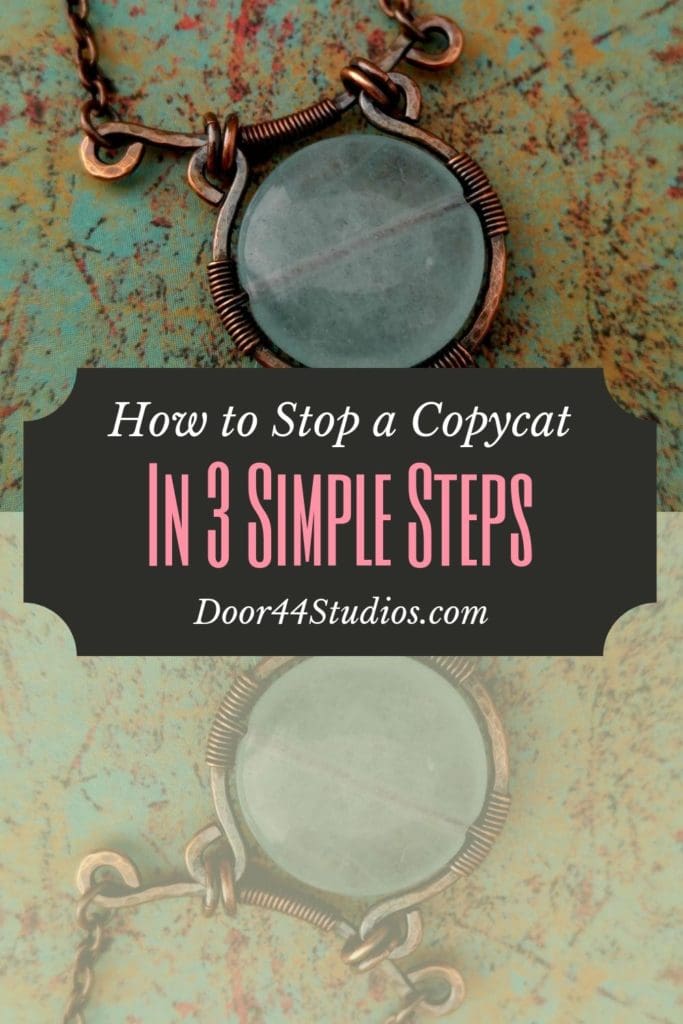


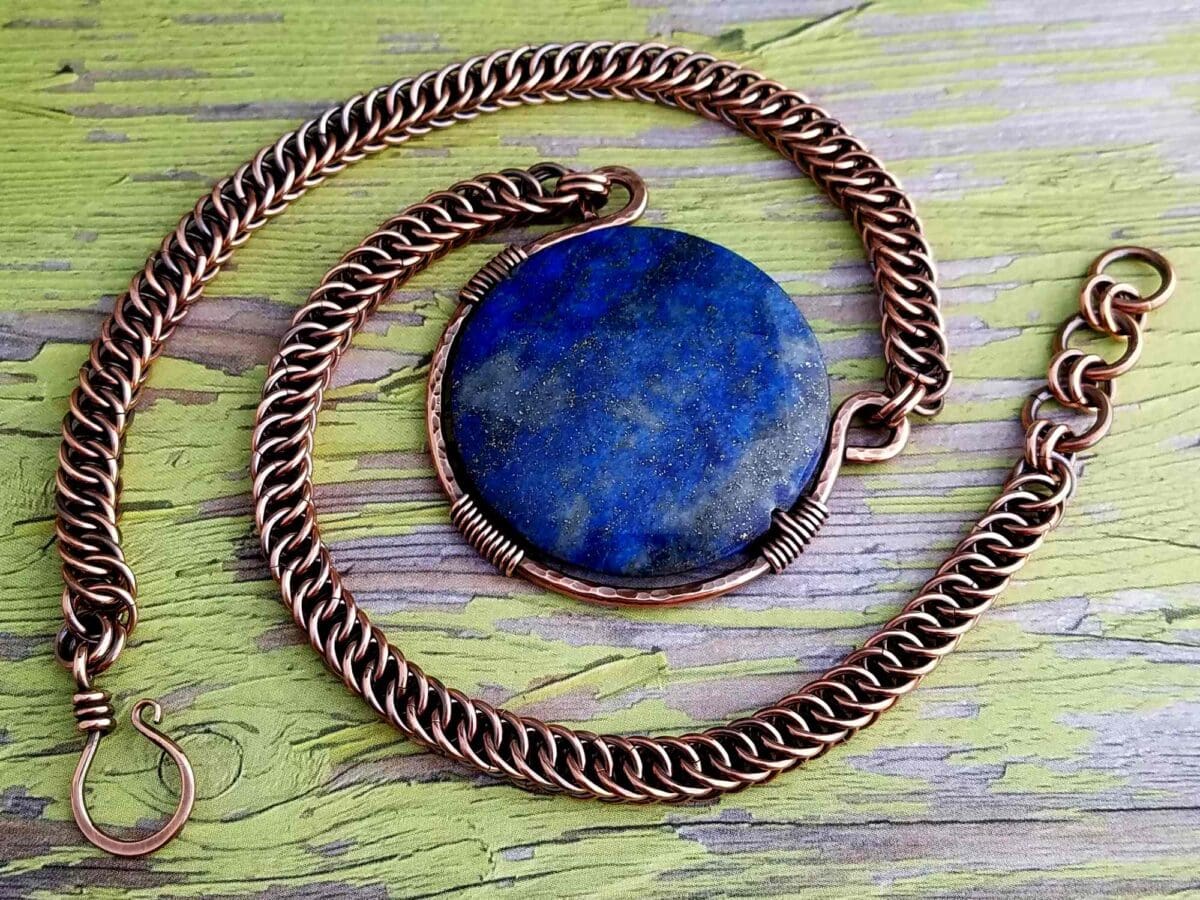
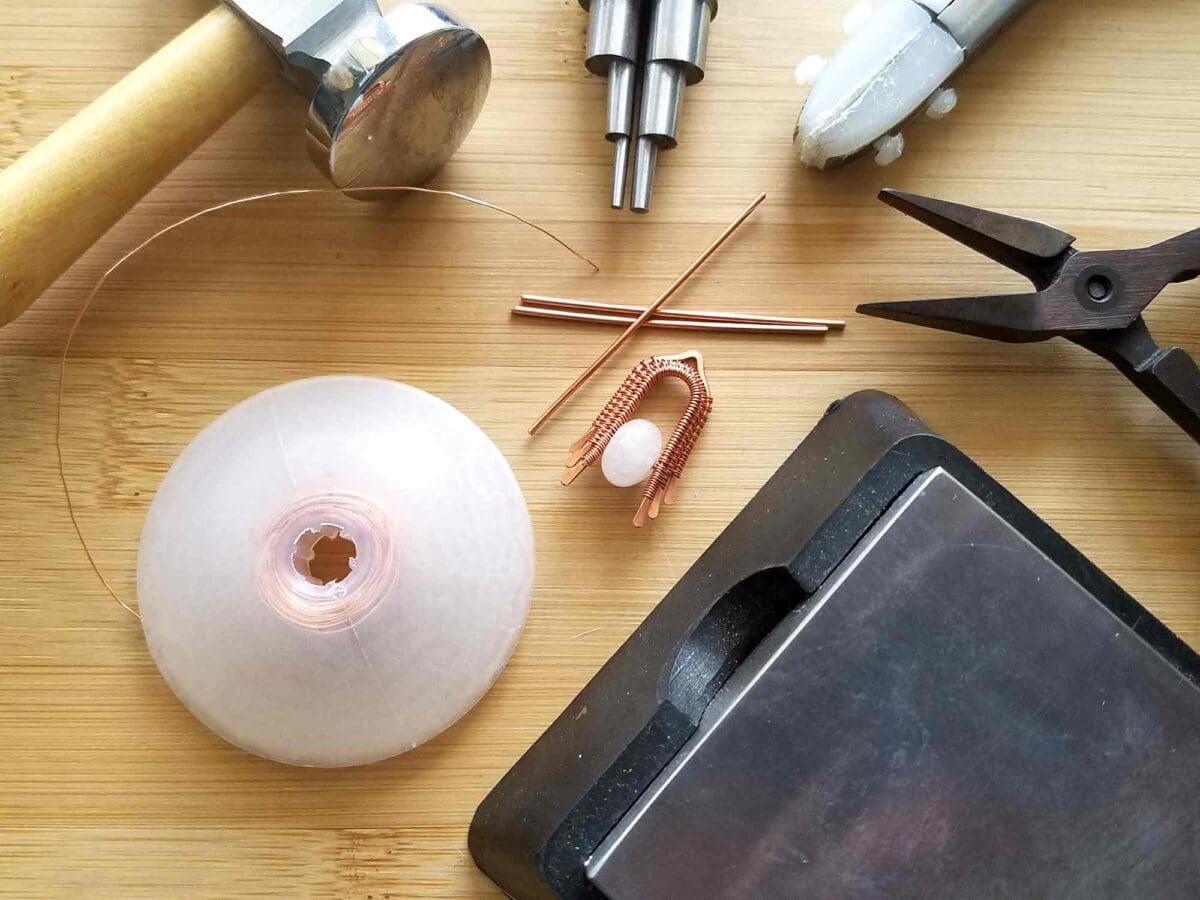
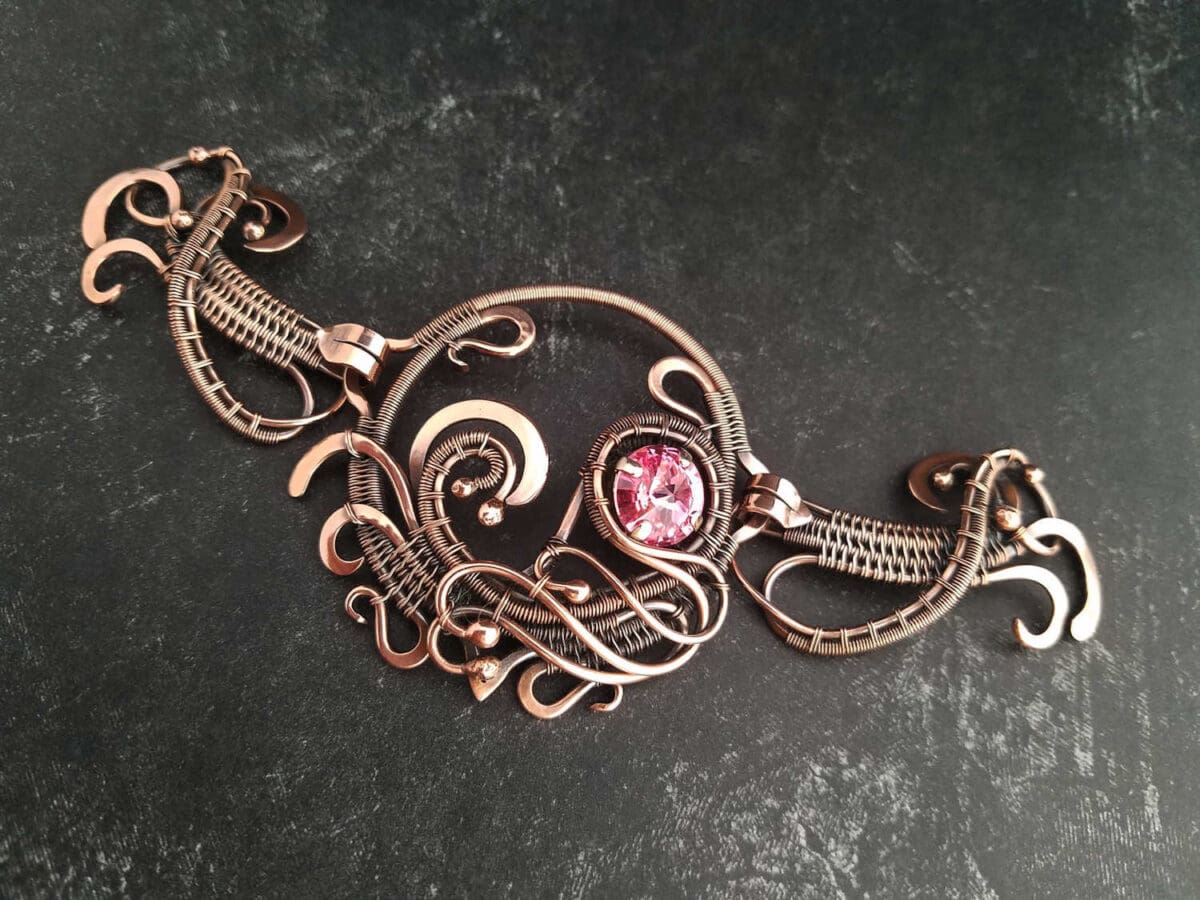
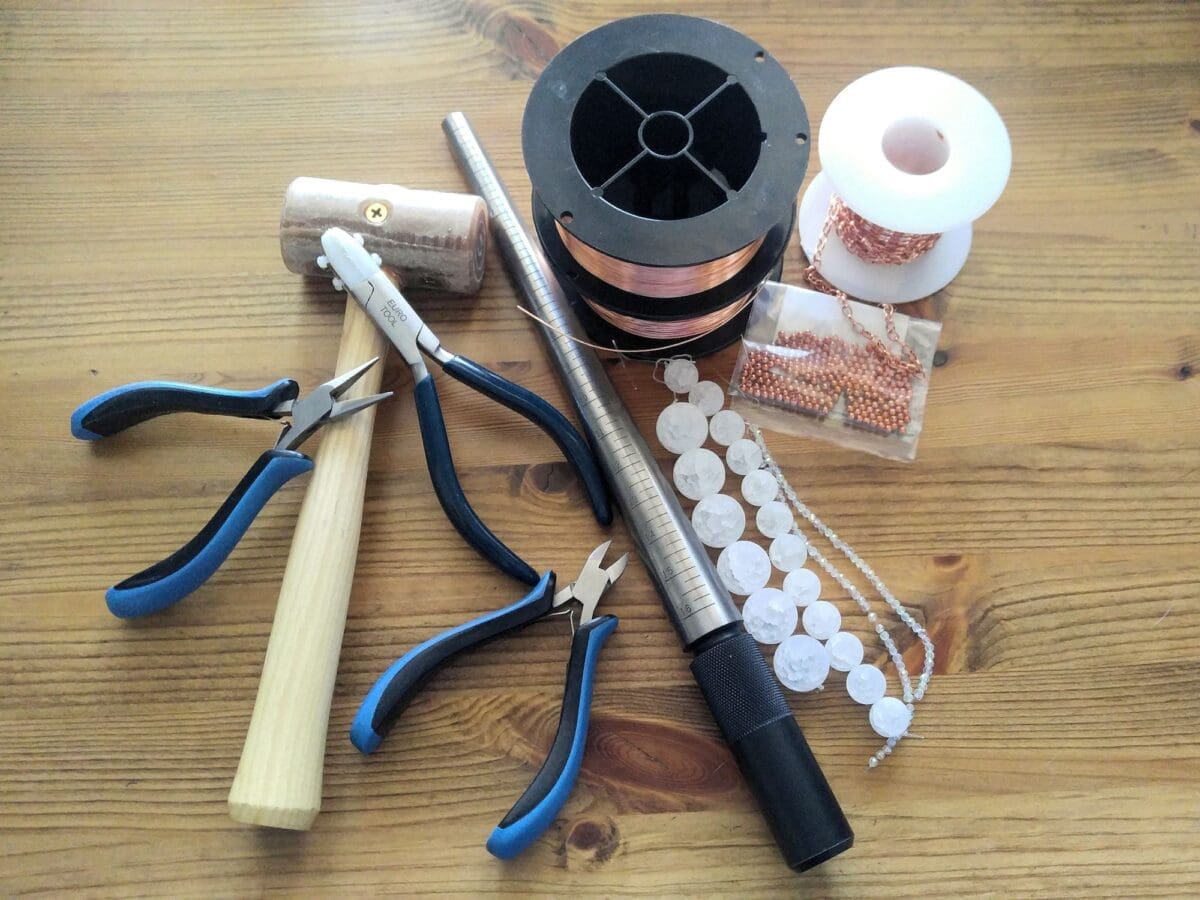
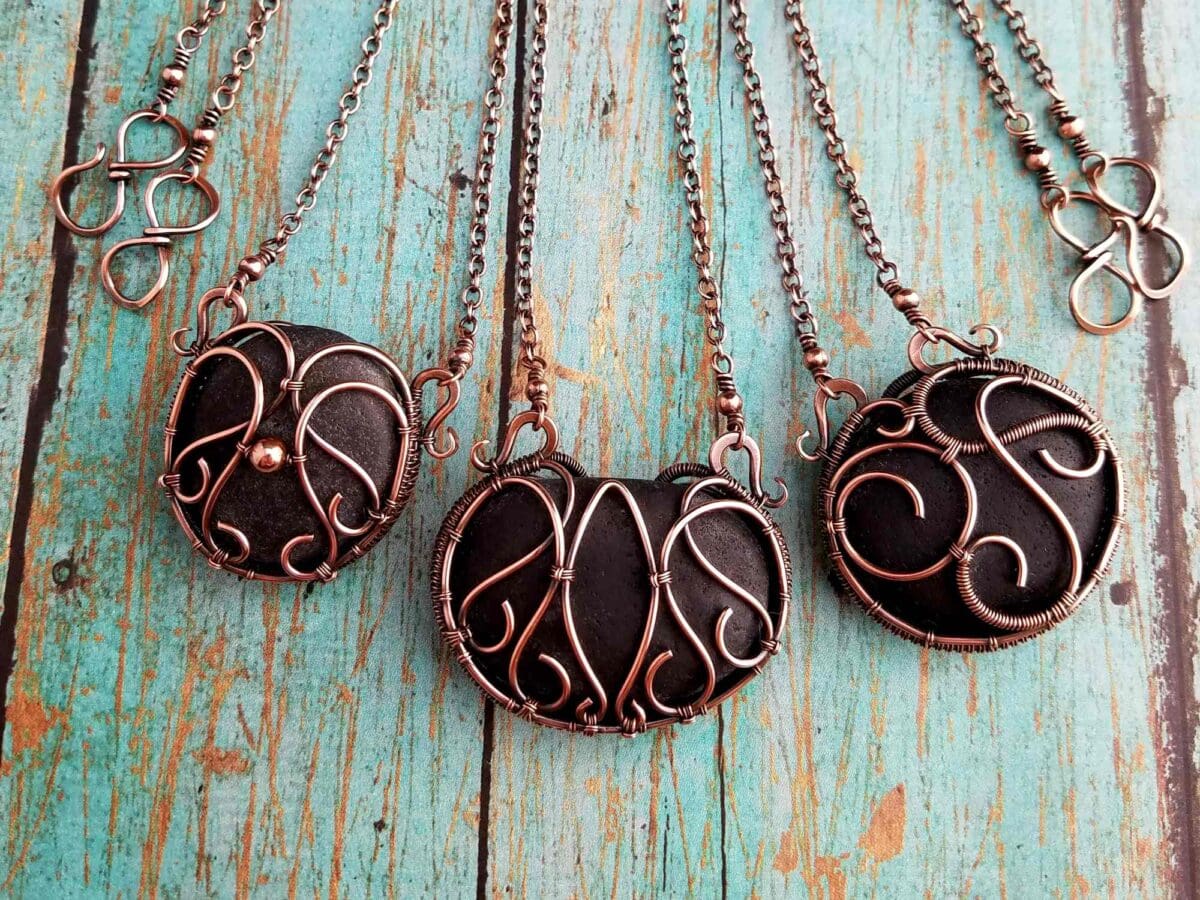

Thank you for this very informative article!
You’re welcome, Andrea. I hope you never have to use this information, but I’m happy to share my experience.
I really appreciated all of this information. I think it’s applicable to many types of creations! thanks for sharing!
You’re welcome, Ally! Thank you for reading and commenting. I agree that it’s applicable to many types of creations. Please feel free to share this post with your own creative community. This is an issue that we don’t discuss openly enough. Too many people believe there’s nothing they can do about it, but there’s actually a lot we can do to protect our copyrights. When more of us start defending our rights, copying will become a much less attractive option for those who are inclined to steal intellectual property.
I would hope that the number of ‘artists’ who would stoop to this activity is small, but the sad reality of it is that there are people out there who think nothing of copying someone else’s design. Love your work and thank you for this informative article.
Thank you, Isabell. I agree that it’s unfortunate that there are people who resort to copying someone else’s designs. I also wonder if the reason they’re so bold is that they’ve gotten away with it for so long. That’s ultimately why I wrote this article. Copying will become a lot less profitable (and, therefore, a lot less appealing) when more artists start fighting back.